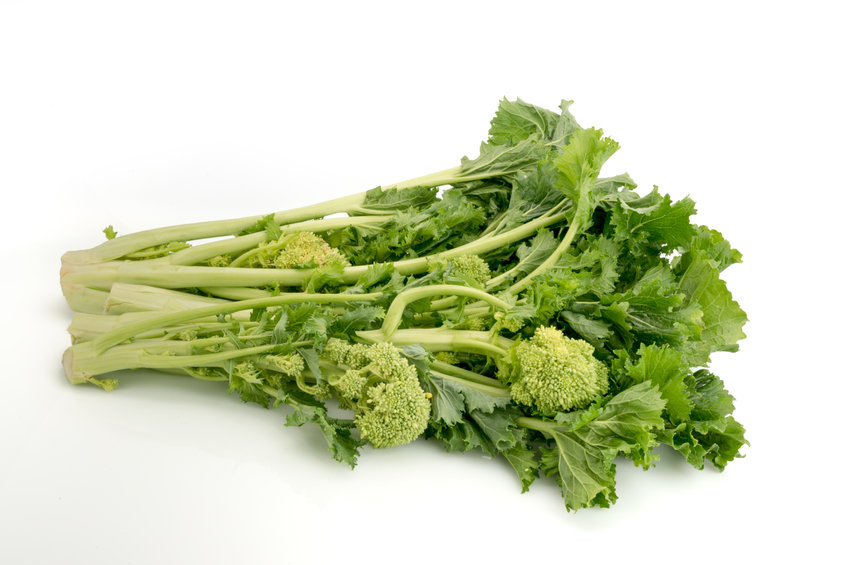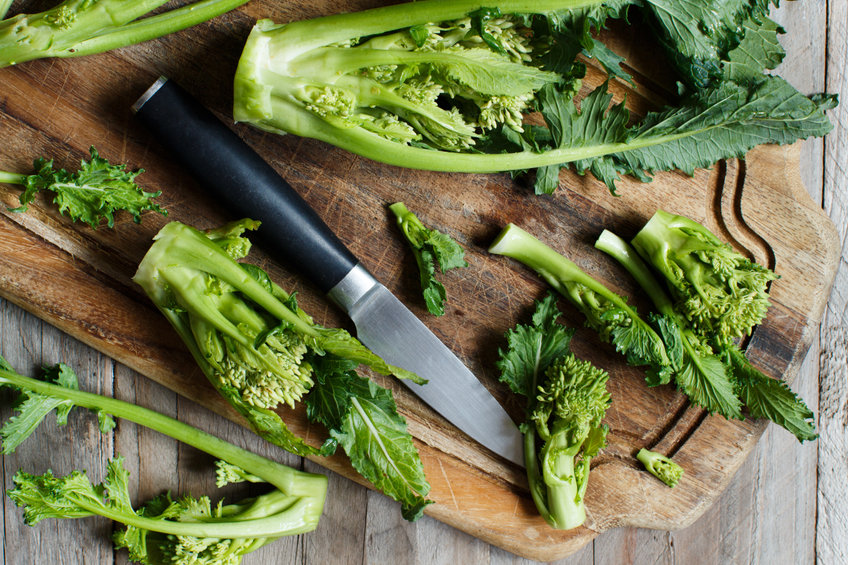Many of us know turnips for their roots, but how many of us know that turnips can be grown for their foliage known as turnip tops or turnip greens? These delicious leaves can be used in our cooking in a similar manner to kale.
Sowing
Turnips can be sown both in the ground and in containers in an open sunny spot with moisture retentive, cool soil conditions. For turnip tops the seed should be sown thinly in shallow drills in August or September. The spacing differs from growing for the roots. The rows can be just 15cm (6in) apart.
Growing
When growing simply for the turnip tops it is not usually necessary to thin the seedlings. Water plants regularly in dry spells. This will help to avoid bolting (plants coming into flower).
Growing under horticultural fleece will help to avoid cabbage root fly and flea beetle, both of which can damage plants. Powdery mildew can be avoided by growing in a cool, moist location. Club root, which may yellow and wilt the leaves, can be avoided by adding lime to make the soil more alkaline and ensuring good drainage.
Harvesting
The leaves can be harvested in March or April. Several harvests are available as the foliage will re-sprout. The greens can be added to casseroles and soups or used raw in salads or sandwiches. They can be added to scrambled egg, omelettes and smoothies. They can be sauteed, boiled or braised. The flavour is peppery. Try not to overcook as this can make them bitter. They are one of the healthiest and most nutritious vegetables to grow.
To view turnip seeds at Thompson & Morgan click here
Mark Snelling
Images copyright Gardenforpleasure.co.uk
If you have enjoyed reading our blog post then why not fill in the form provided to allow us to send you our blog posts and newsletters by email.


